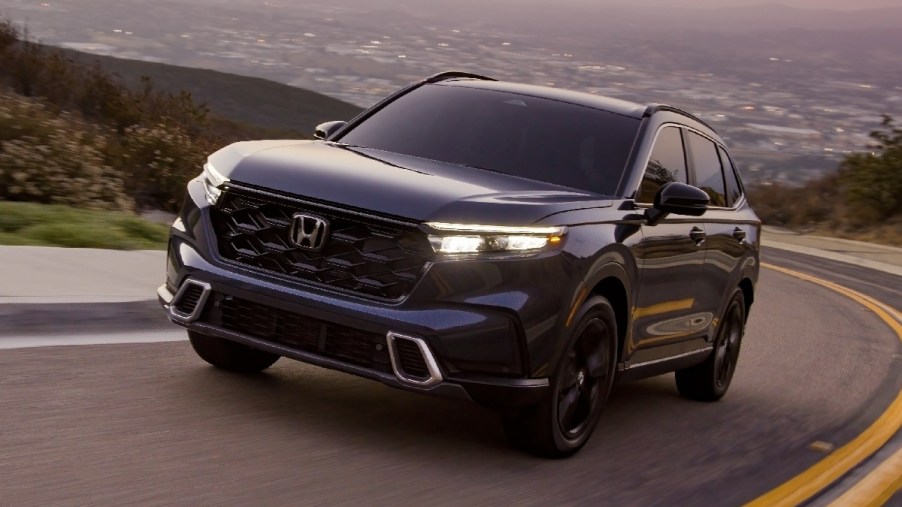
The Pros and Cons of Continuously Variable Transmission (CVT) Popularity in Modern Cars
Car enthusiasts recall when most vehicles had manual gearboxes and only higher-end models had automatic transmissions. Now, the continuously variable transmission (CVT) is increasingly replacing the traditional automatic transmission. If you’re shopping for a new vehicle or enjoy knowing how cars work, you likely have questions about CVTs. In this article, we’ll answer the following questions: What is a CVT? What makes CVTs different from traditional automatic transmissions? And what are the pros and cons of having a CVT in your car?
What is a continuously variable transmission (CVT)?
CVTs provide a continuously variable gear ratio to keep the car’s engine operating within its optimal rpm range for any driving situation. Sometimes known as a shiftless, step-less, or single-speed transmission, a single-gear CVT differs from a traditional automatic transmission by providing multiple gear ratios.
Though Leonardo da Vinci designed the first CVT in 1490 and Daimler and Benz patented their design in 1886, the popularity of CVTs has snowballed over the past few years. The CVT’s increasing popularity derives from the developing technology that delivers greater efficiency.
Familiar late-model vehicles with CVTs include the Honda Civic, Accord, and CR-V; the Toyota Corolla, Camry, Corolla Cross, RAV4, and Highlander; the Nissan Sentra, Altima, and Rogue; the Ford Escape Hybrid and Maverick; the Chevy Malibu and Trailblazer; the Hyundai Elantra; the Kia Forte, Seltos, and Soul; and most Subarus.
What are the pros of a continuously variable transmission?
Fuel efficiency and lower emissions are the top benefits of continuously variable transmissions. The CVT’s ability to maintain optimal engine rpm and vehicle momentum through its shiftless operation creates a more efficient system than traditional automatic and manual transmissions. Remaining closer to the optimum rpm range also places less strain on the vehicle’s engine.
In addition, drivers notice smoother acceleration and deceleration from CVT-equipped vehicles due to the lack of abrupt shifting points. Another benefit of equipping cars with CVTs is the unit’s lightweight and compact size. Automakers also appreciate the CVT’s efficiency with smaller engines and lower cost than traditional transmission options.
Are there any cons to CVT transmissions?
No transmission system is perfect. Although the shiftless operation is one of the main pros of CVT operation, the lack of shift points can feel unusual when first driving a vehicle with a continuously variable transmission. Many drivers find the shiftless sensation odd because they expect the transmission to shift at some point, but it never does. Carfax says some drivers report this sensation leads to a disengaging driving experience.
Other CVT cons include louder-than-normal acceleration, relatively expensive CVT fluid, and potentially costlier repairs. In addition, a manual or automatic transmission is more desirable for heavy towing or increased performance.
While CVTs have significant pros and cons, so do other transmission types. Ultimately, CVTs are here to stay, at least until EVs phase them out with a similar shiftless experience due to their single-speed transmission setups. As with transmission evolutions of the past — from manual to automatic and now to CVT — some people enjoy the new technology, and some resist it as long as possible.



